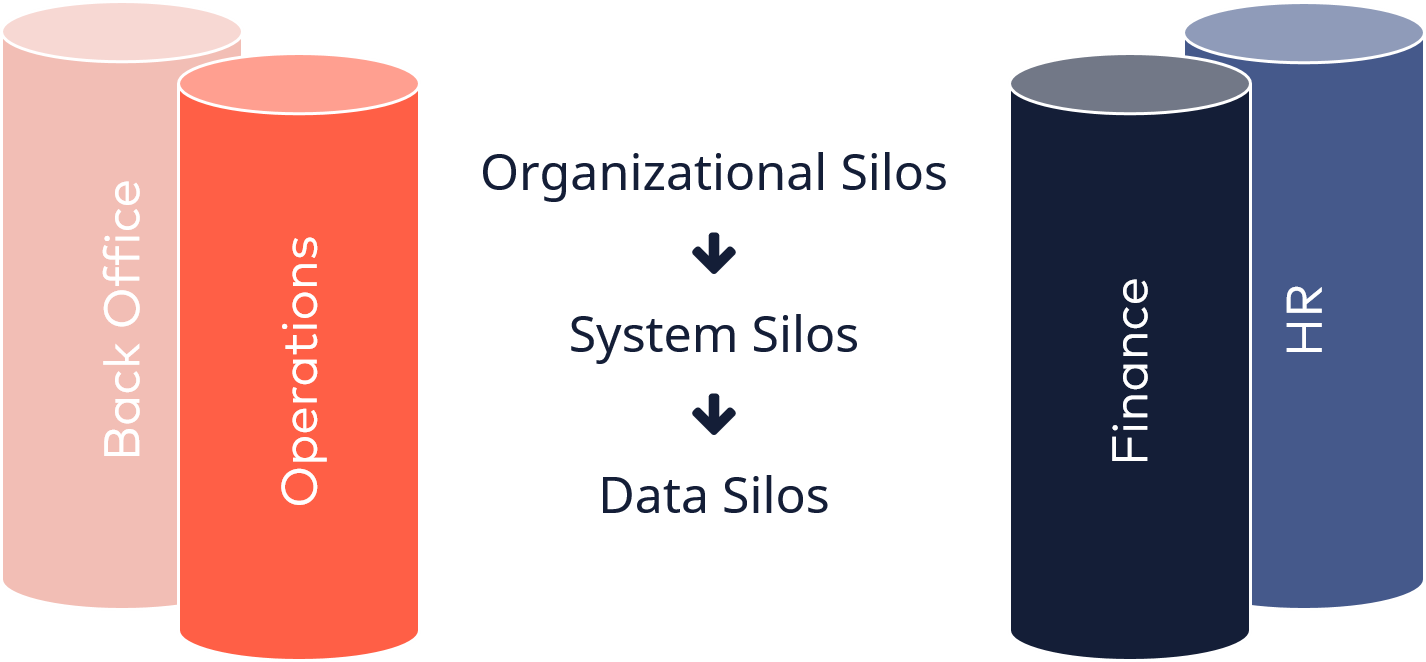


Worse yet, it's impossible for Business Intelligence to make sense of both sets of data, especially without the help of both parties involved and a data analyst or engineer.

For example, your company's sales department may have a separate database from the accounting department, making it impossible for those two groups to work together to share data about customers and sales. In the IT world, data silos describe the barriers between different groups of people's access to data or a system.
#Define silo for business software#
In such scenarios, the IT department may have little control over which specific software products are being used by employees in various departments. These tools may not be able to access each other's databases, and, as a result, it would be difficult for the enterprise's managers to get an accurate picture of how well their marketing campaigns are performing across the board.ĭata silos typically exist in large enterprise environments where there have been many acquisitions or mergers. For example, some large enterprises may use dozens of different marketing automation software tools each of these tools will likely have its own database used to store customer information and marketing campaign results. Data silos can be problematic because they tend to be isolated and proprietary storage systems that are only accessible by a small group of people and perhaps one or two applications.


 0 kommentar(er)
0 kommentar(er)
